Romantic as it may seem, teaching on an island in the Outer Hebrides comes with its challenges. But the benefits make it all worthwhile

Meet the science teaching team at Castlebay Community School: Maureen, Claire and Heidi. Their school is on the Isle of Barra, a small island in the Outer Hebrides – the only place in the world where scheduled flights land on the beach.
Castlebay Community School is a state school and comprises primary, secondary and nursery, all in the town, with a second primary at the north end of the island. The current school building opened in 1981. The staff teach in both English and Gaelic mediums. Heidi describes the school as ‘lovely. The small numbers of both students and staff really add to the community, family feel. There are only 92 students in the secondary.’
Maureen explains that as it’s such a small school, ‘we are all single-person departments.’ She teaches chemistry, Claire, biology and Heidi, physics and maths. Together they make up the science department.
What age ranges or curriculums do you teach?
Maureen: I teach all years in secondary – BGE (Broad General Education S1–3), N5, Higher and Advanced higher (AH). Although, I only occasionally have AH students, I love teaching it because it’s where we start getting to the nitty-gritty of what’s really important in chemistry.
A few staff, like Heidi, are dual qualified – in Scotland, you must be qualified in their specialist subject to teach it at exam level. We have no set teachers for religious and moral education or personal and social education so we all help with these classes.
Claire: I have always taught PSE and I am quite passionate about how important this subject is for all pupils. I also deliver Youth and Philanthropy Initiative (YPI) in our school and I thoroughly enjoy seeing pupils work together for their community.
Heidi: I am dual qualified in physics and maths. I’m currently teaching majority maths but at heart I’m a physicist so am looking forward to teaching more physics next year.
What’s your favourite thing about your classroom?
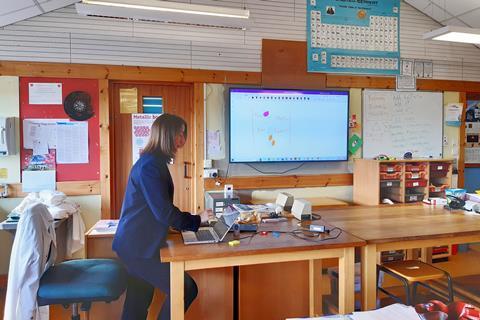
Maureen: Our laptops have touchscreens, which makes drawing molecules easy in lessons. Also, I can be busy on the laptop screen while facing pupils, never blocking their view of the board and I can always see what they’re up to.
We are an all-female science department which I think sends a great message that science is for everyone!
Claire: My plants. A must for a biology lab.
I have a growing collection of old skulls. We have a sheep and a cow skull, but sometimes some interesting skulls/skeletons wash up on the beach too.
What’s your classroom set-up like?
Maureen: The layout is typical of an older school. There are lab benches, sinks and gas taps around the room and high wooden desks in the middle. My walls are filled with open shelves, so I don’t have much space for displays unfortunately.
Claire: Cosy. I have the smallest lab which seats 14, leaving no space for prep. But I do like my small room too – it is a nice environment to work in, especially with smaller senior classes.
Heidi: For such a small school, my room is quite a good size, which means it has two distinct areas. Tables at the front near the screen with room for 12 students, and lab benches at the back of the room for experiments. There is also more bench space around the edges of the room.
With an unlimited budget, what would you add to your classroom?
Maureen: I once taught in a wonderful room with a separate lab and seating area. The lab benches were more like university ones, easy to circulate around. Bags and chairs were well out of the way on the classroom side of the room. It was such a sensible, logical layout for teaching science. I’d love a set-up like that again.
I’d also like a good supply of chemicals – I read about fantastic things in EIC and then sigh as we don’t have the chemicals needed or the money to buy them. Decent lab equipment would also be good – I tend to have to cobble together various bits and pieces to do gas collection experiments.
Disco lights would be fun as I often make up dance moves to help pupils remember tricky concepts. It started by accident as I move about a lot while I’m explaining things and pupils commented on my dance moves. So the best thing to do is to own it! They now suggest moves.
Claire: An aquarium built into the wall – with the option of privacy glass for when pupils are too distracted. A larger screen and surround sound. An electron microscope. But, most importantly, comfy lab chairs.
Heidi: It’d all be about the furniture. I’d upgrade all the benches, get new desks and comfy chairs for all. I’d love a podium at the front of the room, in the place of a rather annoying sink.
With a truly unlimited budget, I’d get some powerful telescopes and night sky viewing equipment. We get some incredibly clear and dark skies, so this would be wonderful.
What’s your favourite area in your classroom?
Maureen: My favourite teaching spot is outside. I love that we are so close to nature. For example, it’s very easy to do water sampling as the sea is only 100 m away. Brambles grow behind school, so we forage before making a homemade pH indicator.
Heidi: With small class sizes, there are lots of spare seats, so I can sit with the students while they’re working, helping at their level rather than standing over them.
And what makes your teaching space unique?
Heidi: All the natural light. I have windows on two sides, mostly south facing, and a sky light. I love seeing the hills from my desk.
What about your teaching space do you want other teachers to know about?
Heidi: That even though it is basic, and aged, I appreciate it very much. It’s not about the space but the people who are in it. This is a very special school with very special people, I am honoured to be a part of it, and to start to make my own mark on the history of this classroom.





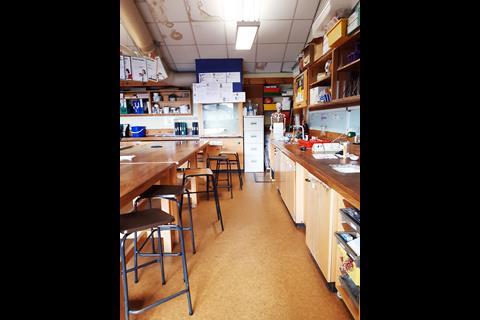
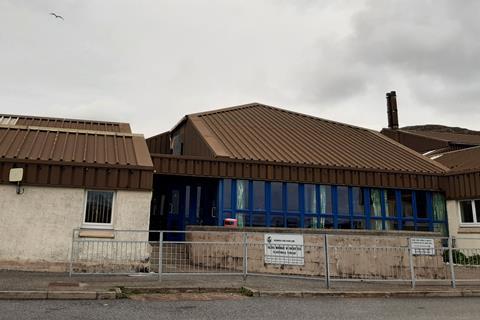


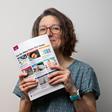

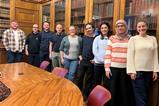







No comments yet